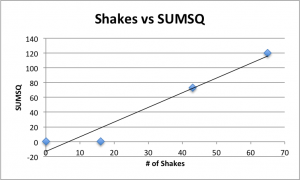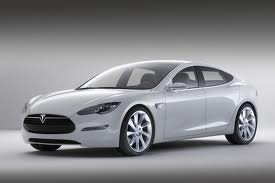
While green sustainable businesses are on the up and up their practices can be costly and difficult to maintain. This occurred within the solar panel company Solyndra whose products differentiated from the market because of their polysilicon free solar panels and easy installment. Solyndra was founded in 2004 in Silicon Valley. On September 8th 2011 the FBI raided the company’s Fremont, California offices yesterday and executed a search warrant. As there production over compensated there sales this company eventually fell short and ended up in terrible bankruptcy. Rachel Weiner states in WSJ.com “Chinese firms started to crowd out American ones on the solar panel market. Natural gas prices also fell, making investments in more or comparatively more expensive alternative energy less attractive”. Although the outcome of this situation is simple the background of occurrences and situations are suspicious.
The business from 2008 fell drastically with inappropriate spending decisions, waste of loan money and state-of-the-art equipment. Though the realization of this falling company PriceWaterhouseCoopers questioned if Solyndra was strong enough to maintain the business. DOE realized that in December 2011 that Solyndra could not make loan payments of $535 million dollars granted by Steven Chu in 2009. Although the company could not pay off the loan they again received help from outside sources. WSJ.com explains “Yet in February 2011, the department restructed with some investors agreeing to provide Solyndra $75 million more in financing.” Again the company still received help to keep them alive and prosperous. Republicans questioned this act of kindness as well as Obama who was recorded from e-mails to have helped his friends at Solyndra by financing the business due to there affiliation with fundraising for Obama. While the company filed for bankruptcy nytimes.com states “Nearly $4 billion in federal grants and financing, however, flowed to 21 companies backed by firms with connections to five Obama administration staffers and advisers on energy policy.” It’s arduous to believe that our leaders and power holders in America are exploiting America’s tax money in the billions to assist naive and inexperienced businesses in need for the better of our politics.
Sources:
http://www.nytimes.com/2011/09/24/opinion/the-phony-solyndra-scandal.html?_r=0
http://www.washingtonpost.com/blogs/the-fix/post/solyndra–explained/2012/06/01/gJQAig2g6U_blog.html
http://online.wsj.com/article/SB10001424053111904836104576558763644374614.html



